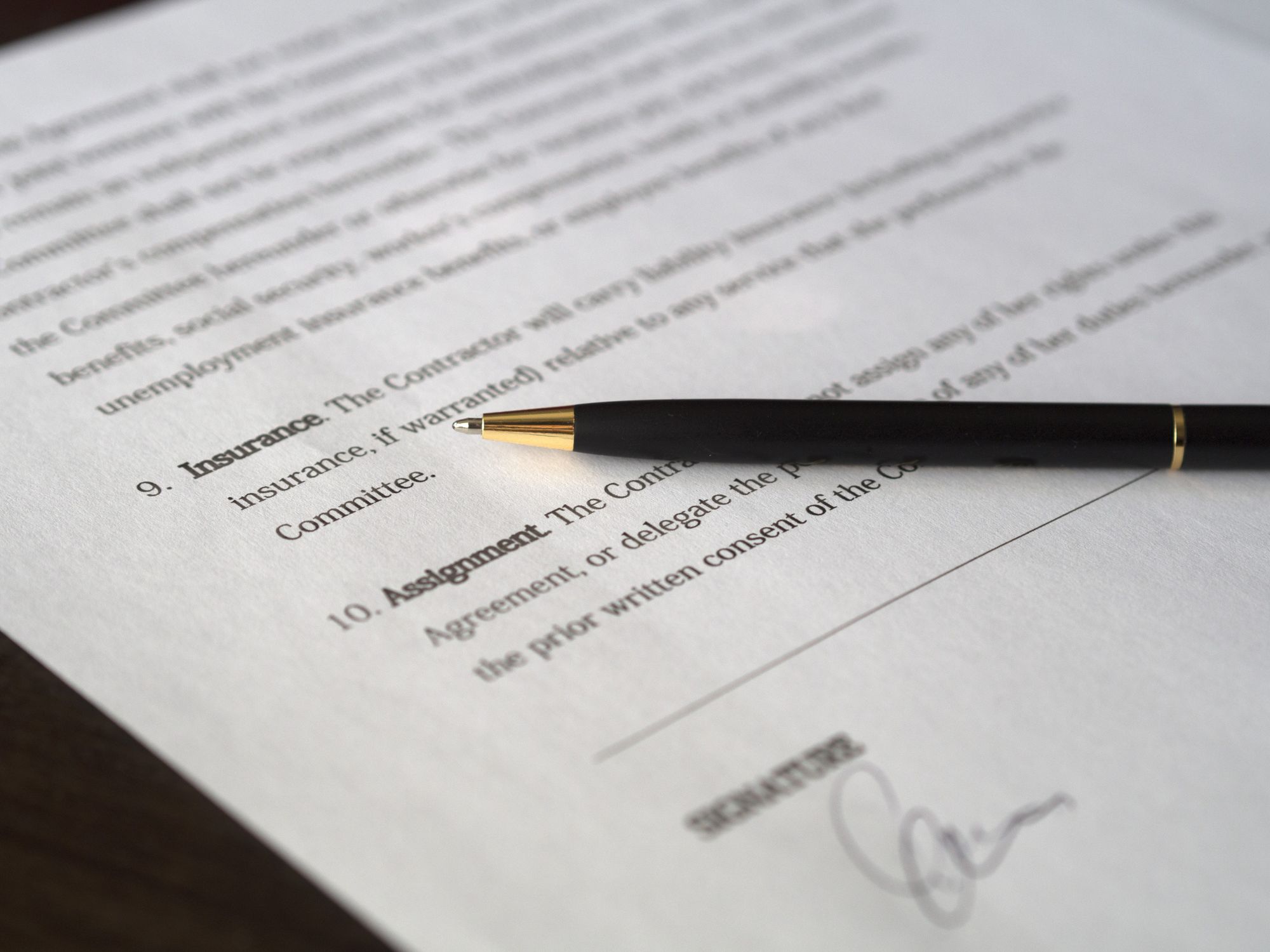What are the key components of a room rental agreement?
This blog outlines all the nitty-gritty details of your room rental agreement, and it's crucial to understand what you're getting into before you sign on the dotted line.

Found the perfect room to rent, the new place you’ll call home? Or perhaps you found the perfect roommate to rent out to? Congratulations! You're in for an exciting journey filled with cozy spaces, new roommates, and all sorts of adventures. But before you start packing your bags and organizing your room, there's one important step you can't skip - signing a room rental lease agreement.
This blog outlines all the nitty-gritty details of your room rental agreement, and it's crucial to understand what you're getting into before you sign on the dotted line. But don't worry, we'll make this process a little less daunting by explaining all the key components of a room rental lease agreement.
What is a room rental lease agreement?
A room rental lease agreement is a legally binding contract between a landlord and tenant that outlines the terms and conditions of a room rental arrangement. It outlines the rights and responsibilities of both parties and establishes the terms of the rental, such as the monthly rent amount, the length of the rental term, and any rules or regulations that apply to the rental.
There are many benefits to signing a room rental agreement. The lease agreement acts as a roadmap for the rental arrangement, and it helps to ensure that both the landlord and tenant understand their obligations and expectations during the rental term. It provides protection for both parties and helps to avoid misunderstandings and disputes.
A room rental lease agreement should be written and signed by both the landlord and tenant before the rental term begins. A copy of the agreement should then be given to each party, and it is important to review and understand the terms of the agreement before signing it.

What are the key components of a room rental lease agreement?
Names of the Parties
The first component of a room rental lease agreement is the names of the parties involved in the agreement. This identifies the parties involved in the rental agreement and is necessary for the agreement to be legally binding. The names of the parties should be accurately and clearly listed in the lease agreement, along with their current addresses and contact information. If there is more than one tenant, all their names should be listed in the agreement.
Description of the Room and its Apartment
The agreement should describe the property that is being rented. This component of the lease agreement outlines the specific features of the rental property, such as the address, the number of rooms, any shared amenities and what is included in the rent. The description of the property should be accurate, detailed, and specific. It should include information such as the size of the rented room, and any special features such as a private bathroom or access to a balcony. Additionally, if there are any shared spaces or amenities, such as a kitchen, laundry room, or outdoor space, these should also be described in detail.
Inventory List
An inventory list in a room rental lease agreement is a list of all the items and fixtures in the rented room and the shared spaces of a property. This list is used to document the condition and contents of the property at the start of the rental agreement, including information about the quantity, condition, and location of each item listed, and it serves as a reference for both the landlord and the tenant throughout the rental term.
Rental Length
The rental term in a room rental lease agreement refers to the specific length of time that the agreement is in effect. This can include the start and end dates of the lease, as well as the total duration (e.g. six months, one year, etc.). The rental term can also include any provisions for renewing or extending the agreement.
Rent Amount
The agreement should clearly state the amount of money that the tenant is required to pay to the landlord for the use of the rental property. This may include the monthly rent for the room, as well as any additional fees such as utility charges, security deposits, or late fees. The rental amount is usually specified in the lease agreement, along with the due date and any late payment policies. The rental amount is a crucial aspect of the agreement and sets the financial terms for the tenancy.
Security Deposit
A security deposit in a room rental lease agreement is a sum of money, usually equal to one month's rent, that a tenant pays to a landlord at the beginning of a tenancy. It is intended to protect the landlord against any damage to the rental property or unpaid rent at the end of the tenancy. The security deposit is returned to the tenant, minus any deductions, if the rental property is returned in good condition. The agreement should outline the amount of the security deposit that is required, and any conditions under which the deposit will be returned at the end of the rental term. When signing your rental agreement using Hemavi’s digital rental agreements, we are happy to offer you an escrow account for the deposit.
Utilities and Services
The agreement should specify which utilities and services are included in the rent, and which are the responsibility of the tenant. This may include electricity, water, heat, and internet. Some landlords include utilities and services in the rent, while others require tenants to pay for them separately. The terms for payment of utilities and services should be clearly stated in the lease agreement to avoid confusion or disputes later on.
Maintenance and Repairs
The agreement should outline the responsibilities of both parties with respect to maintenance and repairs. The landlord is typically responsible for maintaining the structure and common areas of the property, while the tenant is responsible for keeping their rented room in good condition. This can include fixing broken appliances, repainting walls, repairing leaks, and other tasks as specified in the lease agreement. The specific responsibilities for maintenance and repairs will vary depending on the terms outlined in the agreement.
Subleasing/Subletting
This section of the agreement refers to the process of allowing another person, known as a subtenant or sublessee, to rent the same space for a certain period of time. This is often done when the original tenant is unable to fulfill their obligations under the lease agreement, such as when they are moving away or want to leave the rental before the end of the lease term. The specific terms and conditions of subleasing/subletting should be outlined in the lease agreement, including any restrictions, conditions, and requirements for obtaining the landlord's consent.
Termination
The agreement should specify the conditions and procedures for termination of the rental agreement, including the notice period required, any penalties for early termination, and any obligations that must be fulfilled before the lease is terminated. This can occur for various reasons, such as a breach of the lease agreement by either the landlord or the tenant (such as non-payment of rent, violation of the agreement, or other breaches of the lease), the completion of the lease term, or by mutual agreement between the landlord and tenant.
Signatures
The agreement should be signed by both parties to indicate their agreement to the terms and conditions outlined in the document.
Where can I find a good template for a room lease rental agreement?
Draft, edit and sign your own digital lease agreement when renting out through Hemavi. Our agreements were prepared by property lawyers, are legally sound, and fully customizable for subletting.
Conclusion
A room rental lease agreement in Sweden is a legally binding document that outlines the terms and conditions of a rental agreement between a landlord and a tenant. It is important that both parties carefully review the agreement before signing it, to ensure that they fully understand their rights and obligations under the terms of the lease. If either party has any questions or concerns, they should seek the advice of a legal professional before signing the agreement.
Are you renting out a room in Sweden?
Check out our Ultimate Guide to Writing a Room Rental Agreement in Sweden – it tells you everything you need to know about room rentals and their lease agreements in Sweden.




Comments ()